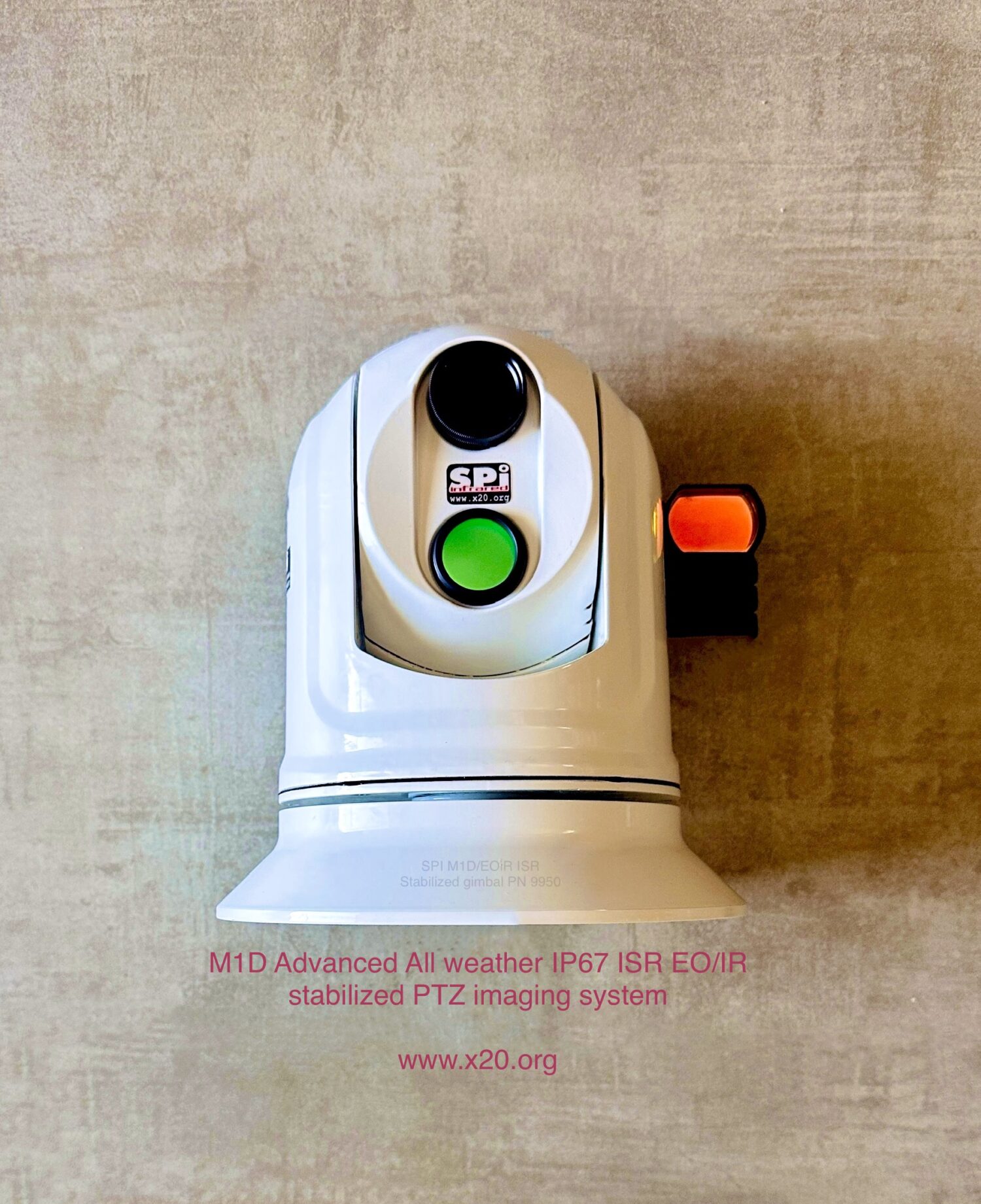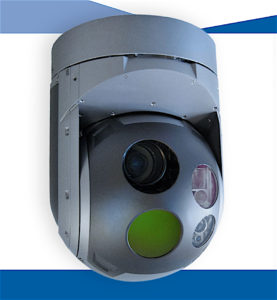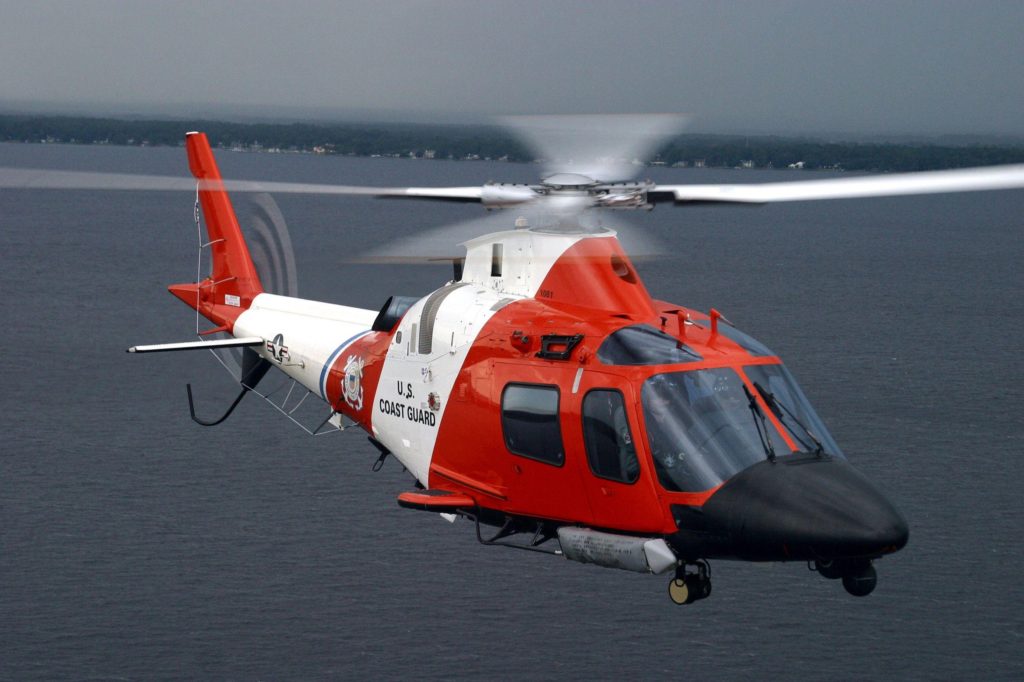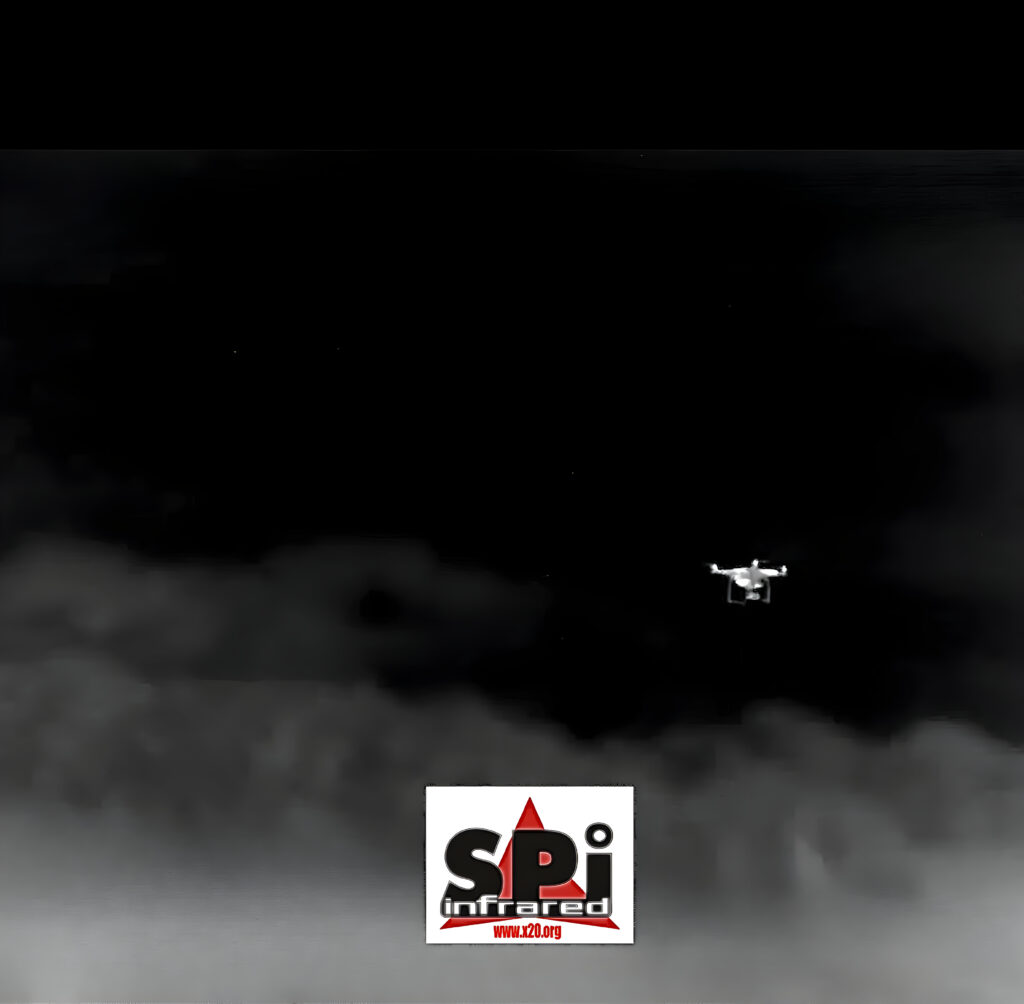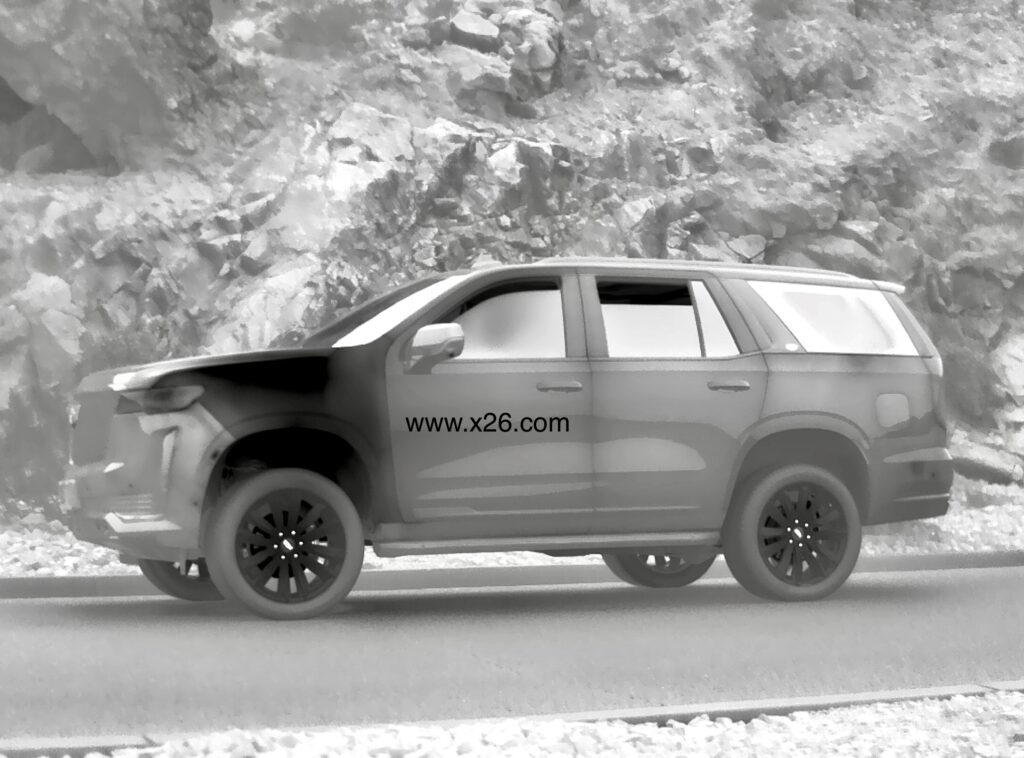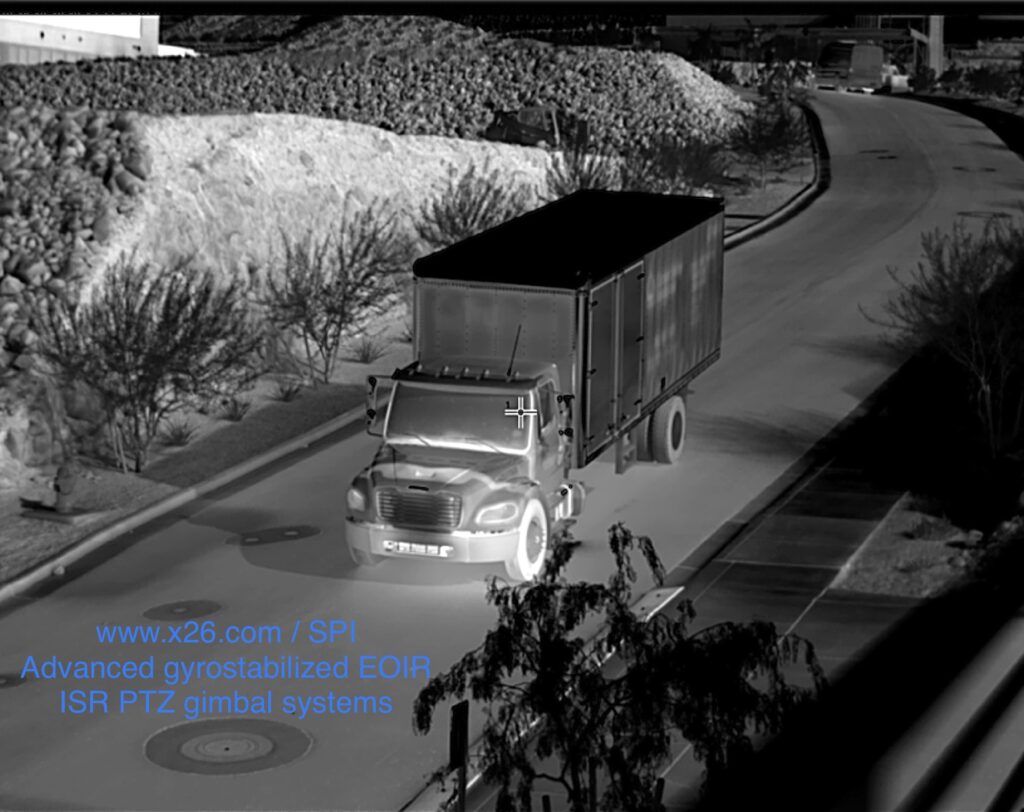The Global Falcon Advanced Multi Sensor Precision Gyro Stabilized compact, high performance, new generation single-LRU multi-sensor FLIR, Thermal imaging HD long range Gimbal surveillance system is setting new standards for innovative ergonomic and Advanced EOIR Gimbal Turret design. The system comprises an innovative lightweight 300mm gimbal and has a total mass less than 19kg. It features high performance fully digital Advanced precision 4-axis gyro-stabilization, and a Multi Sensor EOIR, long range thermal imaging/FLIR zoom payload suite comprising MWIR thermal imager with continuous zoom (options for MCT and InSb), color HDTV with continuous optical zoom and various laser sensors. A fully integrated IMU/GPS provides for Geo-Location and Moving Map integration, and the system features an advanced HD video engine, including Automatic Target Tracking, Scene Hold, Image Blending, Haze Reduction etc. The System is the most advanced EOIR Multi Axis long range airborne, Land, Marine and seaborne Gimbal turret ball.
The Advanced Global Falcon can be used in Ball up or Ball Down configuration for tactical aerial, land, ground, marine and sea applications.
IF YOUR APPLICATION CALLS FOR AN
EO/IR DRONE, UAV, UAS OR UGV FLIR THERMAL
IMAGING ZOOM GYRO-STABILIZED GIMBAL, CLICK HERE FOR
THE M2D SERIES OF MICRO MINI MULTI-SENSOR GIMBALS
The System Is an Affordable high resolution, high reliability multi sensor package fit to suit multiple mission needs with extreme precision and accuracy
https://x20.org/m2-d-stabilized-eo-ir-flir-uav-flir-thermal-camera-gimbal/
NEW-GENERATION COMPACT HIGH PERFORMANCE MULTI SENSOR SURVEILLANCE SYSTEM
For air, maritime and land missions including law enforcement, search and rescue, civil protection, military ISR and force protection, on a variety of manned and unmanned platforms or installations
CRITICAL VISION TECHNOLOGY KEY BENEFITS
Performance better than 10” competitors, and approaching that of bigger systems, but at lower price / lower mass • Advanced sensors, superior in size class: • Full suite of 6 sensor channels to provide multi-spectral coverage
(TI, HDTV, low light HDTV, LRF, LP, LI) Long Range EOIR Continuous optical zoom on all imaging channels for maximum situational awareness • Best-in-class narrow FOVs, no need for separate spotter scopes • Choice of MCT or InSb thermal imagers • Open upgradeable architecture for incorporation of new technology sensors • Advanced real-time digital HD image processing engine embedded in gimbal – no additional electronics unit required: • Moving Target Detection • Target Tracking • Image Blending • Digital Contrast Enhancement • Local Area Contrast Processing • Edge Sharpening • Image Noise Reduction • Picture in Picture / Split Screen • High performance 4-axis active gyro Gyro Stabilzation with integrated 6-axis passive isolation.
Features
The Global Falcon includes an advanced high-speed digital video engine embedded directly within the single-LRU gimbal which provides a number of standard and optional functions to improve image quality under adverse conditions and to significantly improve operator performance and reduce workload:
- Moving Target Detection (option)
- Multi role land, sea, air qualified
- High Resolution Multiple Sensors
- High Reliability Electronic and mechanical platform
- Low cost Solution
- Adaptable to Air, ground and sea applications
- Precise and accurate
- Stellar Customer Response and Service
- Long Range Thermal imaging FLIR high resolution camera with Long range HD zoom BSI CMOS imager both with precision continuous optical zoom
- Object Tracking / Scene Tracking Modes (option)
- Image Blending (option)
- Digital Contrast Enhancement
- Local Area Contrast Processing
- Edge Sharpening
- Image Noise Reduction
- Picture in Picture / Split screen
- Graphical On-Screen Display for Intuitive Operation
Contact US for additional information or call (702) 499-9551
Gyro-stabilized FLIR / Thermal Imaging / HD CCTV/Spotters camera systems use modern electronic position data to correct for movements of the platforms they are mounted on to enable a high degree of stabilization. The Systems often use a multi-axis gyro stabilization to enable the use of zoom lenses and High Definition capture, despite the high amounts of vibrations and movements in helicopters or other vehicles. The applications range from security and military operations, law enforcement, ENG, sports broadcasting documentary, natural history, and feature film productions.
Gyro Stabilization – Come in multiple Axis Configurations, these are essential for ground, land, marine, sea & Air application to stabilize the multi sensor long range cameras such as thermal imaging FLIR imagers, zoom HD TV CMOS CCD/CCTV cameras, LRF, IR pointers, SWIR and a host of exotic day/night vision sensors offering precision high definition, high resolution ultra sensitive Accuracy and positioning.
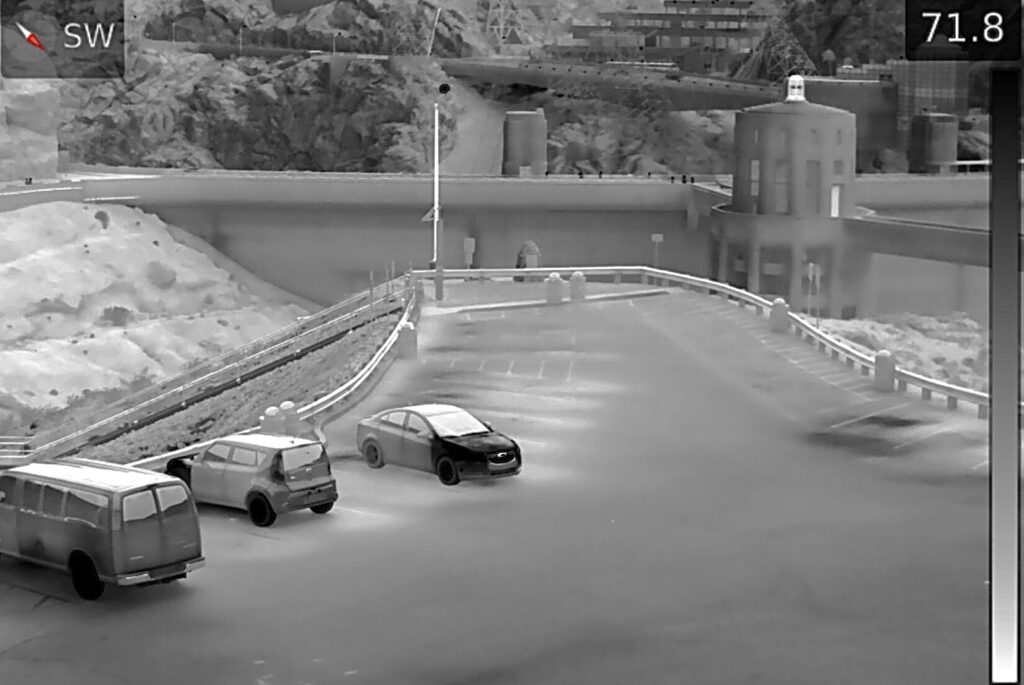 Definitions
Definitions
The term gyroscope as defined by “American Heritage Dictionary” is: “a device consisting of a spinning mass, typically a disc or wheel mounted, on a base so that its axis can turn freely in one or more directions and thereby maintain its orientation regardless of any movement of the base”. The “base” of the gyro-stabilized head is the support system to which the head is attached, whether it is a crane, camera car or helicopter. The “base motion” must be eliminated from affecting the picture. How well that is achieved is called the “bandwidth” of the system.
A low bandwidth design will STOP a percentage of low frequency motions from getting to the long range EOIR camera and shaking the image
A high bandwidth system will STOP low and high frequency, or a large range of base motion, from getting to the Gimbal & camera (i.e. the vibration from a Drone UAV, UAS, SUAS, boat, truck, helicopter, the rapid shakes and bumps from a camera car, as well as the rocking and rolling of a boat and sway of a camera crane).
To remove the “Angular Base Motion” is the most important job of the long range EOIR Gyro stabilized system. Angular disturbances are vibrations that are angular to the axis of the film plane. If the Thermal imaging FLIR / CCTV HD camera has an angular disturbance of 1° then the line of sight of the lens will sweep a large area in the camera imager sensor frame, as the focal point of the lens may be a mile away and that 1° multiplied by a mile is a huge sweep in the camera frame.
The “Linear Base Motion”, also called parallax error
Linear disturbances are vibrations that are perpendicular to the film plane, side-to-side and straight up and down gimbal turret payload movements. If the linear disturbance is 0.1 of an inch at the imager plane then at the line of sight a mile away the lens will move only 0.1 of an inch. This phenomenon is not noticeable at the long end of the lens and only slightly negligible with short lenses when the subject is very close to the focal plane.
Every Multi Axis Gyro stabilized EOIR gimbal turret payload system, active or passive, whether high or low bandwidth design, eliminates only the angular or rotational movements and the linear disturbance (straight up and down or sideways) can only be minimized by a cushion between the base connection of the head/mount and its support. These are the springs or coils that are used at the connection between the standard Mitchell mounting and the stabilized head/mount. In some cases the cushion is built into the stabilized system.
Other terms that are used to describe a stabilization system are “active” or “passive” systems of stabilization.
Active long range zoom EOIR systems are ones that utilize DC power, sensors, electronics and motors attached to gimbal rings to correct a “base” motion from affecting the Thermal/SWIR, IR and HD, LRF, Sensors & camera.
Passive systems are purely mechanical and rely on the “balanced beam” phenomena.
The categories below are listed in order:
• Range of vibration bandwidth that the system can eliminate
• The quality of the stabilization design
• The range of cameras that can be used
TYPE ‘A’ (Fully Servoed Electronic Stabilization))
• High bandwidth
• Open or Closed architecture
• Steerable roll ‘Dutch’
• Fully servoed – electronic gyroscopic technology
These systems are of a high bandwidth design and rely on complex electronic EOIR sensors, actuators and motors to correct the base motion from affecting the Thermal/HD FLIR camera. They will remove almost all of the angular disturbances from the shot. All of the (A) systems utilize electronic control servo loops, are extremely fast acting (high bandwidth) and very adaptable to various camera/lens payloads. These systems can be used extensively on camera car, crane, or suspended cable systems as well as aerial/marine helicopter / fixed wing work. These systems can gyro stabilize almost any camera and lens combination imaginable, as they are open architecture i.e., the camera is not part of the system. The open architecture A systems are stabilizing platforms only. They will stabilize any film, FLIR, HD or video camera provided the center of gravity of the camera can be positioned inline with the inner gimbal axis. This is a very nice feature as any standard production camera or lens can be utilized to the delight of the DP or visual effects dept. These systems have a steerable roll feature where the roll axis can actually dutch while still stabilizing or can just keep the horizon level.
TYPE ‘A-1’ (Helicopter Ball Mounts)
• High bandwidth
• Closed architecture; limited camera selection
• Horizon leveling – roll ‘dutch’ not steerable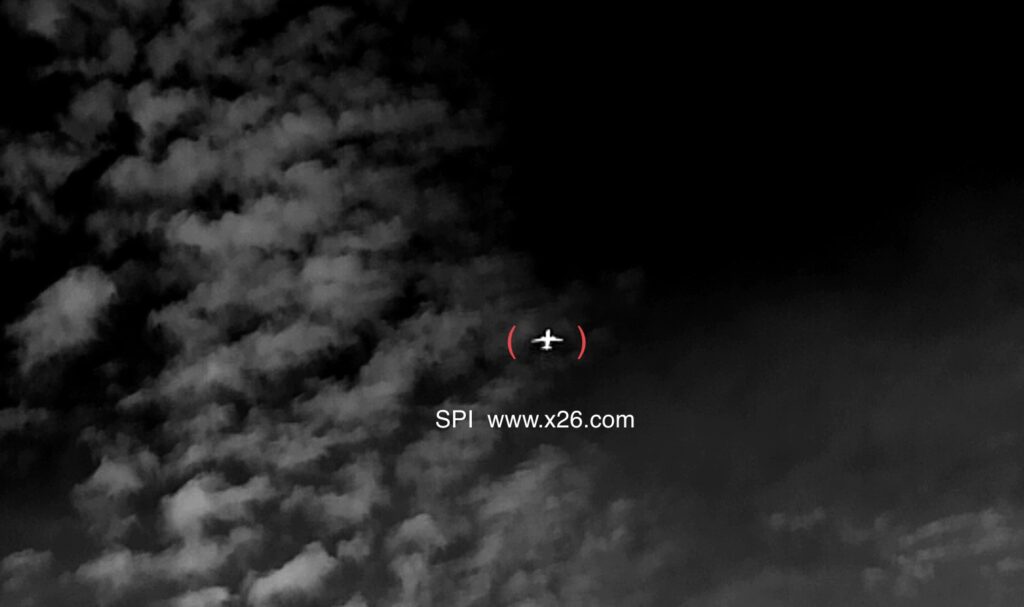
• Electro-mechanical gyroscopic technology
These systems are all remote controlled gyroscopic assisted stabilizing platforms. They utilize a series of spinning fly wheels and electronics to dampen the angular disturbances. They are mostly used for helicopter work but can also be used for camera car, crane, or suspended cable systems. The A-1 systems do not have steerability of the roll (dutch) axis, only horizon leveling. These systems as well as the (A), will eliminate almost all of the angular disturbances. The drawback is that the (A-1) systems are closed architecture systems. The DP can only utilize the offered one or two cameras and lens combinations, normally a Mitchell R35 camera and a 10:1 zoom lens.
TYPE ‘B’ (Electronically Stabilized Heads)
• Low bandwidth
• Open architecture
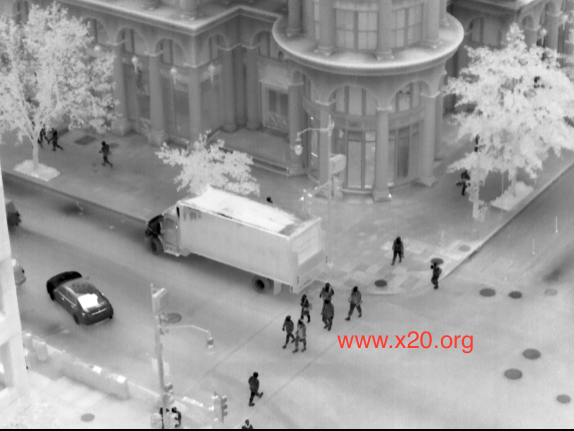
 • Servoed electronic gyroscopic technology
• Servoed electronic gyroscopic technology
These systems are of a low bandwidth design and rely on sensors, actuators and motors to correct the base motion from getting to the camera. They will remove a good percentage of the low frequency angular disturbances from the shot, but the high frequency jitter and shake will still get through to the lens. All of these systems are currently used for ground based applications. All of the (B) systems utilize electronic control servo loops, and are adaptable to various camera/lens payloads as most are based on the typical remote head design. The camera is not integrated into the stabilization system, as in the (A-1) category, or the closed architecture systems of the (A) category.
TYPE ‘C’ (Helicopter side door mounts)
• Passive Stabilization (High inherent inertia)
• Open architecture
Stabilization qualities enhanced by placement of Kenyon gyros onto mount Helicopter mounts are based on the principle of a balanced beam that has its gimbal point (center of gravity) behind the operator’s head. The gimbal point is the exact balance point of the roll, pitch and yaw. At the front of the balanced beam is the camera and camera control. At the back of the beam are the counterweights and batteries. The camera has an additional pan and tilt axis (yaw and pitch axis). These are balanced in their own right about the sub camera tilt axis of the balanced beam. This balanced beam in itself has a certain amount of inertia and will resist minimal angular disturbances coming up the gimbal mounting frame. However, in order to achieve a further degree of stabilization, gyro modules are added. The gyro module is an off-the-shelf motorized flywheel in a cage with one degree of freedom. When the spinning masses (flywheels) within the gyro housing, are activated, they add an increased inertia (synthetic) to the overall system, which improves the mount’s ability to absorb the base angular disturbances from reaching the camera. These helicopter mounts with or without gyros, can work quite well if: the weather conditions are perfect; the helicopter has the minimum of low frequency vibration (blades have been ‘tracked’ correctly); and you have a “qualified pilot” in control of the ship. An operator can achieve good stability for medium / Long Range focal length lenses with short duration shots at the longer end of the lens.
TYPE ‘C-1’ (Horizontally balanced gimbal rings)
• Passive Stabilization (Low inherent inertia)
• Open architecture
Stabilization qualities enhanced by additional gravity seeking pendulous mass. These types of systems use a pendulous swinging mass assisted by motors to reduce angular disturbances. Originally designed to remove the extremely low frequency angular disturbances of the ocean’s rolling motion, they are now being used to stabilize cameras and remote heads in certain applications.
TYPE ‘D’ (Horizon Lock Only systems)
• Single axis stabilization
• Closed architecture; limited camera selection.
These systems are simple three axis camera positioners with only the roll axis horizon stabilized. When the horizon compensation is turned on, the system will only hold the horizon in frame. This helps maintain the horizon when the head is mounted on a crane or vehicle. No other axis is gyro stabilized thereby allowing the full range of base motions to get to the camera and lens.
In Summary advanced Long Range Gyro Stabilized EOIR Thermal Imaging FLIR,
HD CCTV Spotter Day/Night vision gimbals are an essential tool for military, law enforcement, industrial
and commercial users that seek the absolute best rock steady high grade image quality for critical ISR / C4ISR / STAR missions.

